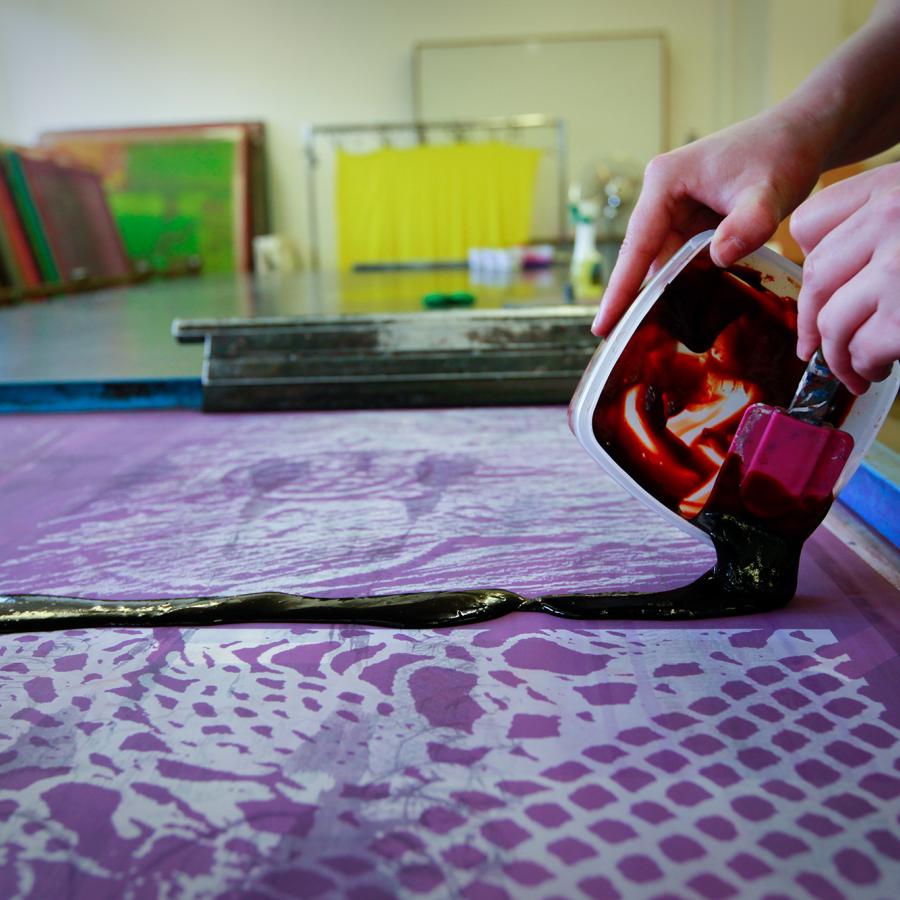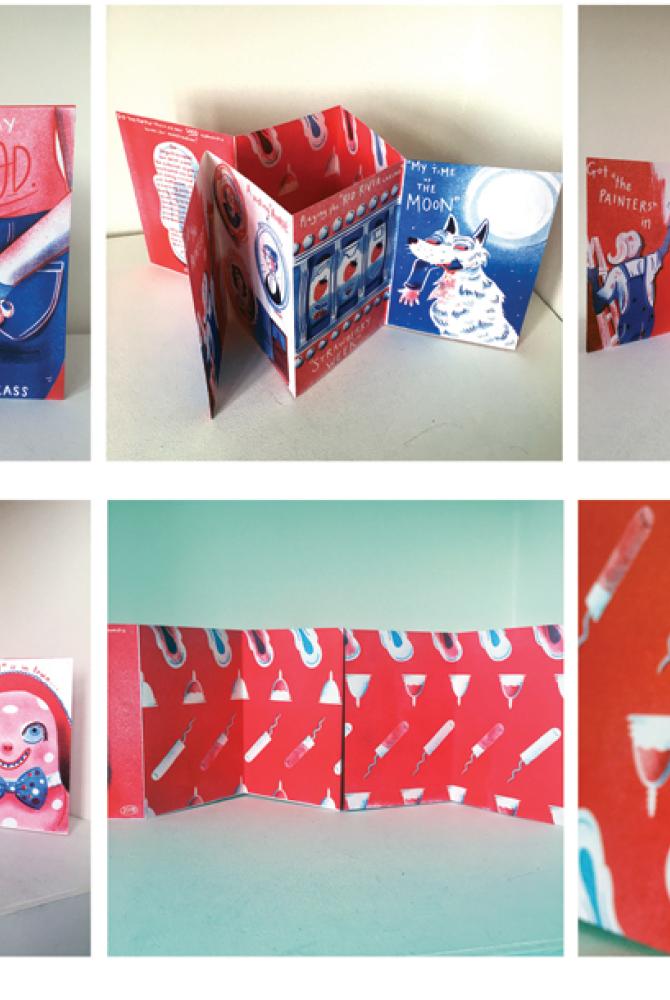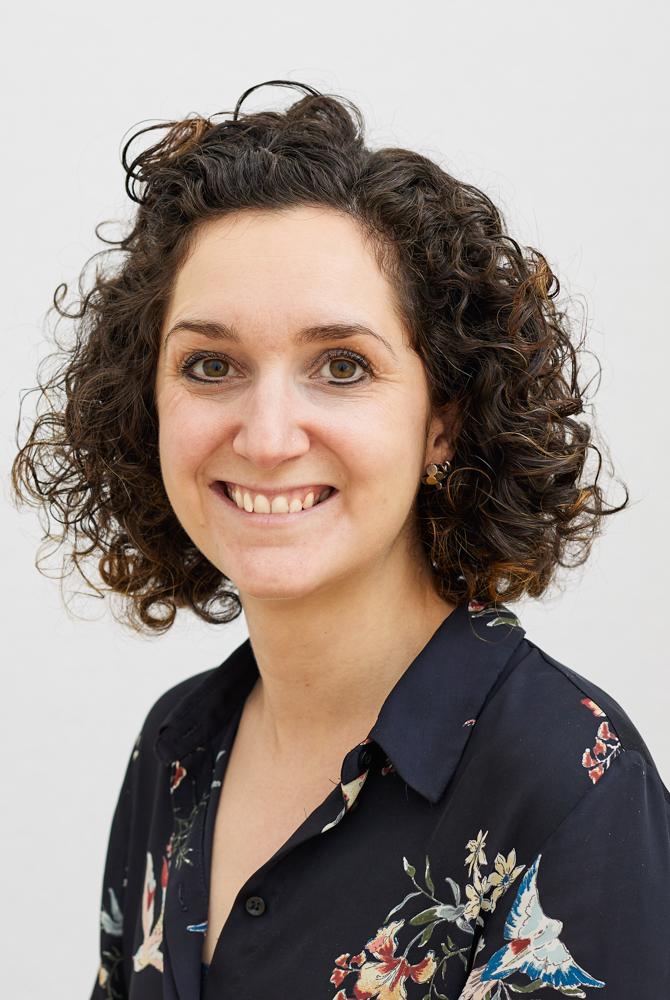Outline
Illustration is a wonderfully rich and diverse creative practice and career. You will learn through carefully structured practical projects and courses taught by supportive, experienced staff who are specialists in their fields.
In this illustration programme we:
- encourage experimentation, passion and play in image-making and ideas
- nurture curiosity, criticality and empathy in the subject matter of our projects
- explore the diverse and impactful professional contexts of illustration
- build confidence and skills in planning, organisation and communication














